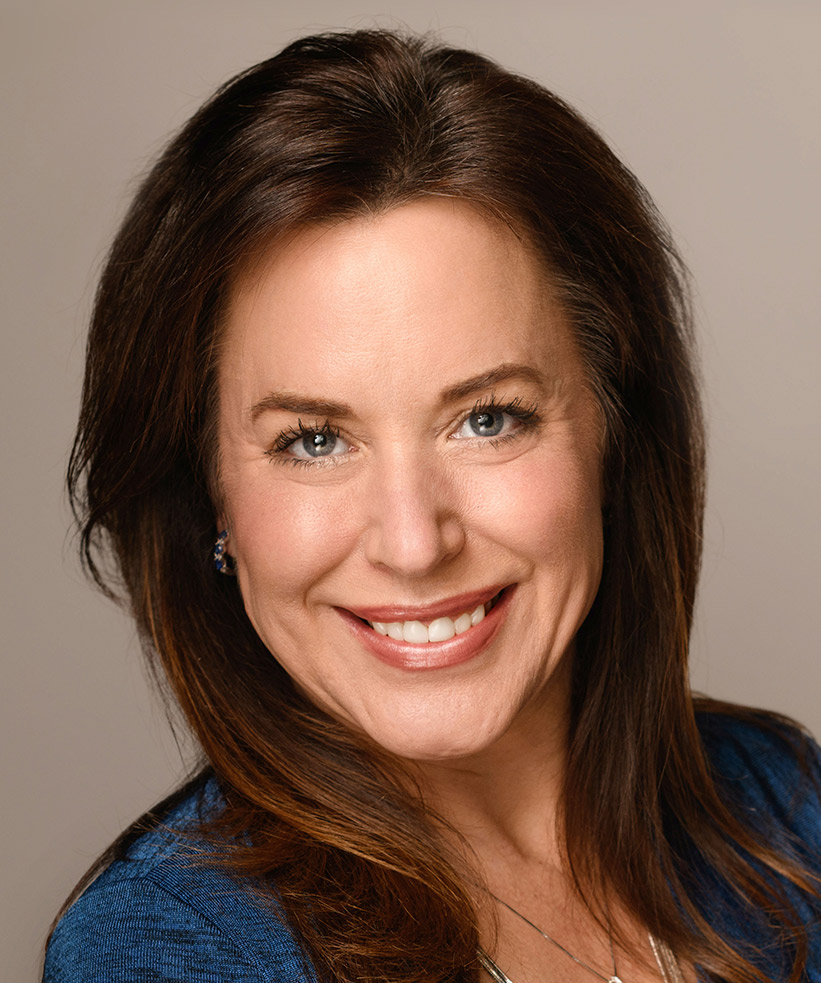
he Great Resignation is cited for much of the skilled labor and trade shortages facing not only Alaska but the entire United States. While the post COVID-19 resignation phenomenon may have highlighted the shortage, skilled labor deficits have been an industry topic for more than a decade.
With an emphasis on academic pursuits overshadowing the possibilities of lucrative careers in trade and labor professions, young adults continue to overlook this career path. Skilled labor is now at a critical shortage.
Following the pandemic, the United States continues to pour money into infrastructure, but who will do the work? Employers struggle to find labor that is either interested or skilled enough to perform the work. Across all fifty states, money for infrastructure is left on a table because the projects cannot be completed. For Alaska this is a significant challenge. In a state that already lacks some modern conveniences, like roads and sanitation in rural communities, infrastructure funding is crucial to modernization.
What is being done to address the deficit of skilled workers? Some might say not enough, while others might say this generation of workers is simply not interested. I would argue that both are accurate but are so because the industry needs to act and develop a campaign to attract its next generation.
Addressing the shortage is going to take a multi-layered approach that looks at immediate solutions while developing long-term solutions. Leaders in the industry will need to find a pathway to engage with the younger generation and build understanding that the industry carries with it both financial and personal advantages.
Taking a sales approach is step one. Why would I want to work as a laborer? All effective communication campaigns begin with knowing your audience. Research indicates that the younger generations entering the workforce value a sense of meaning over the size of their salary. Following the need to have an impact, this generation wants to experience life, friends, and adventures.
Addressing the shortage of workers with an immediate solution will require that industry leaders create a campaign that evokes action:
- Define the persona of your audience
- Develop strategies to reach your audience on platforms they subscribe to
- Build organic reach that is authentic
- Create short powerful stories that highlight the importance of the work
- Use current employees to advocate for the industry
Many of these careers not only offer financial gain but meaningful work and a desirable schedule. The oil and gas industry is not the only one that provides a two and two schedule. Many projects throughout Alaska offer employees this attractive opportunity. Furthermore, Alaska attracts a certain persona—the outdoors person is never without an opportunity to explore, and the traveler can arrive at almost any destination in just a few short hours.
The history of skilled labor in Alaska is very much the history of this industry and it evokes pride. To attract the next generation that pride must be felt and celebrated.
Dispelling misconceptions is the first step in building your bench:
- There’s a lack of advancement opportunities: FALSE—many of our current leaders started as laborers.
- It’s physically demanding: TRUE and FALSE—this is dependent on the field and technology utilized.
- It’s not for women: FALSE—more women are seeking careers in construction and trade and recognize the balance afforded to them when managing a career and family.
- It’s low paying: FALSE—skilled tradesmen have earning potential that often exceeds six figures and mirrors that of the tech-savvy Silicon Valley workers.
- It’s unrewarding: FALSE—taking part in connecting communities and building infrastructure that modernizes Alaska is rewarding.
After you have dispelled these misconceptions, the industry needs to create programs that introduce youth to skilled labor. Unfortunately, many schools no longer offer introductions to shop, woodworking, and other crafts that served as a pathway for exploration. It is now up to industry leaders to introduce skilled trades. Leaders and workers need to volunteer in schools, at youth camps, and be willing to create mentorship and internship programs. These programs are plentiful in academia and are often afforded to young adults already in skilled training programs. More opportunities to expose youth should be developed and they should be shared.
In conclusion, recruitment for skilled workers must include a campaign that celebrates the value of the work. During a recent engagement, a client faced a shortage of workers that resulted in delayed or canceled services. The Request for Proposal cited recruitment services when in actuality the engagement became much more about communication and storytelling. The campaign required that we leverage current employees to share their experience and to function as ambassadors to generate authentic interest in the industry that resulted in applicants.
Gone are the days of standard recruiting; recruiting is now about campaigning for action.
